CALIFORNIA DREAMIN’
Agriculture and Agri-Food Canada (AAFC) research scientist Keshav D. Singh envisions Alberta as an agricultural powerhouse to rival California.
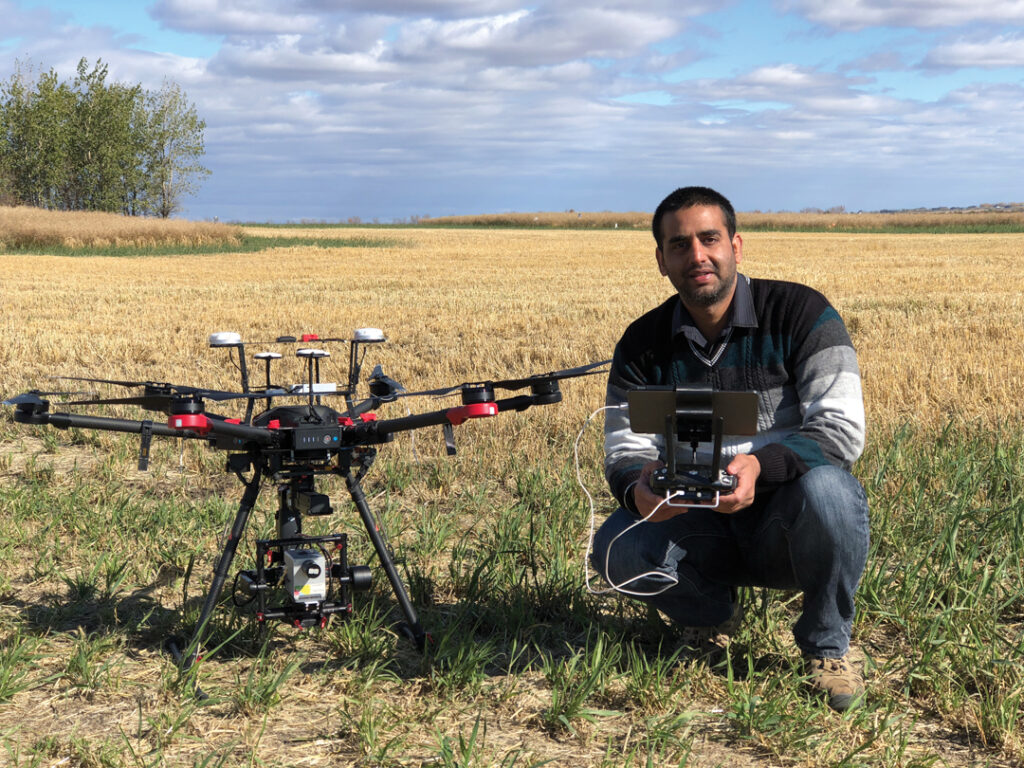
Agriculture and Agri-Food Canada (AAFC) research scientist Keshav D. Singh envisions Alberta as an agricultural powerhouse to rival California.
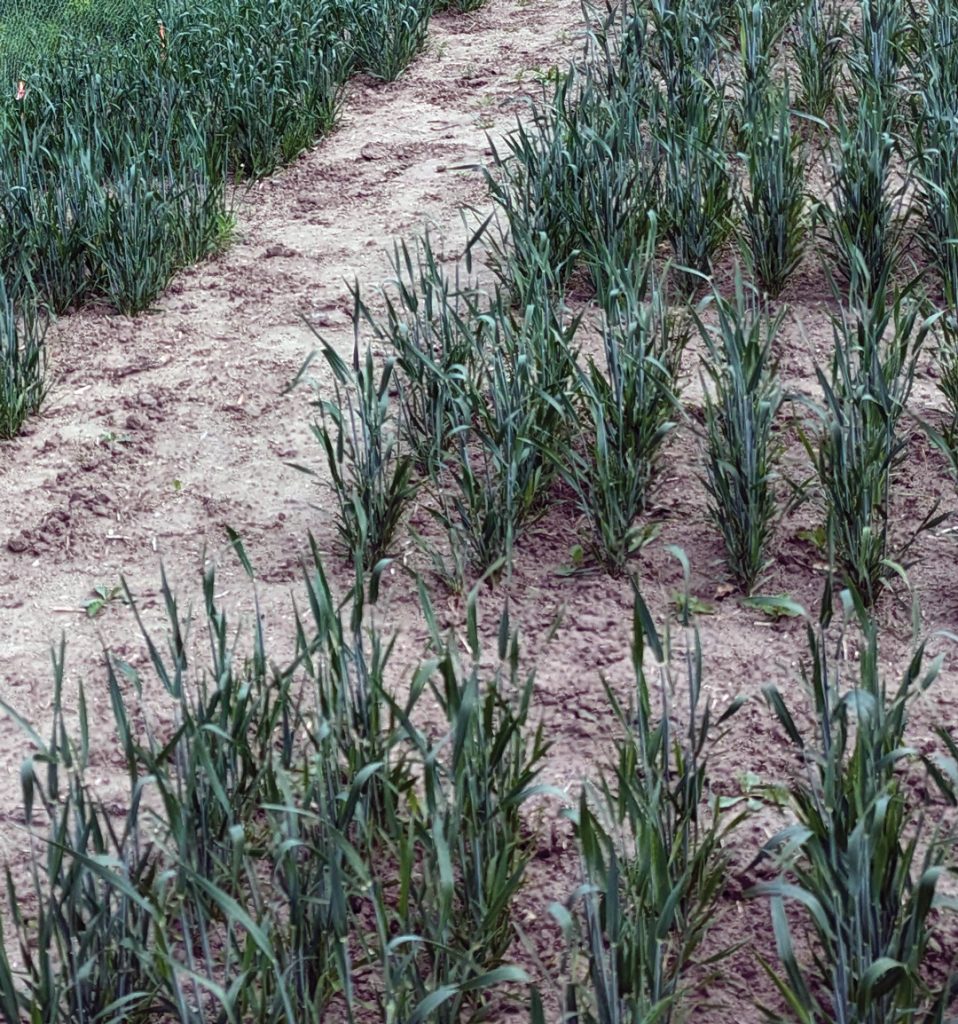
Interest in gene editing is on the rise, and this technology is now being used in cereal breeding for the first time. As wheat farmers continue to grapple with climate change, politics and consumer demand in their quest for black ink, gene editing—the process of adding to, removing or changing an organism’s DNA—may help balance these demands.
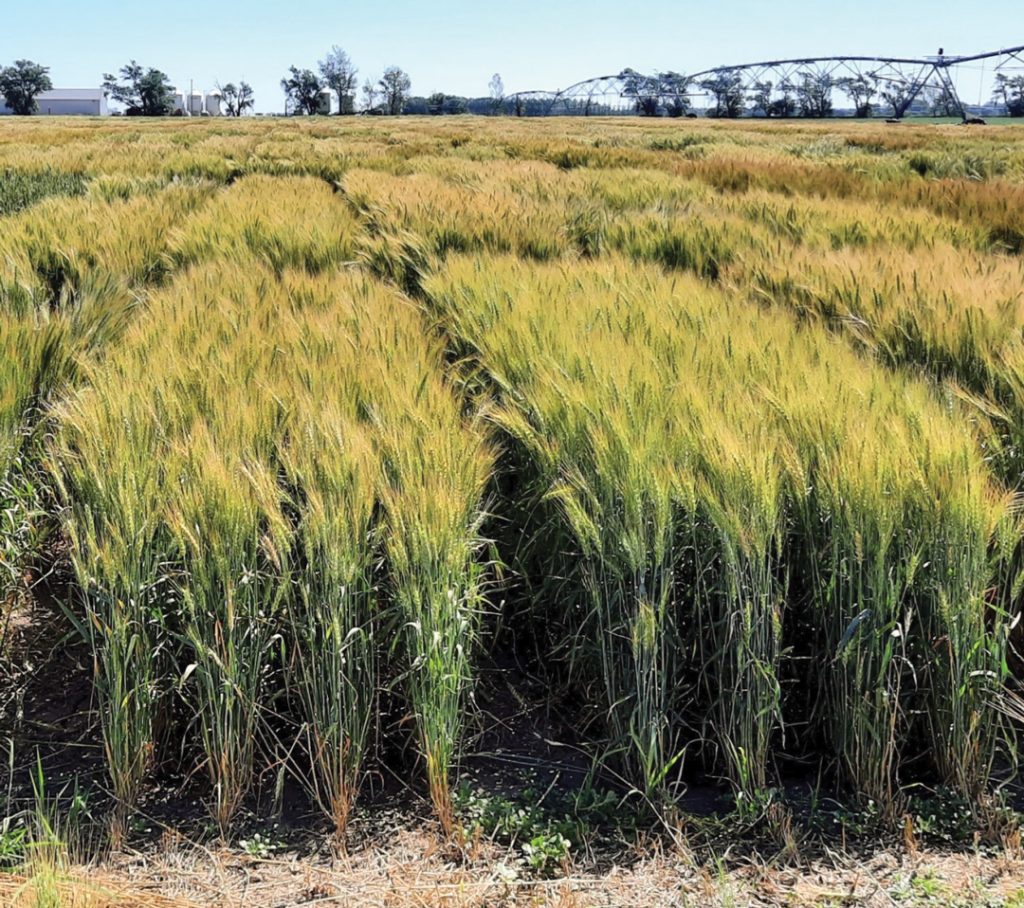
Despite the encouragement of crop groups and conservation outfits, winter wheat acreage in Western Canada has decreased sharply to 2.7 million tonnes in 2022 from the record high of 4.8 million in 2008. A sign this trend may reverse, acreage has increased slightly in Manitoba where farmers have struggled to seed spring wheat in wet fields.
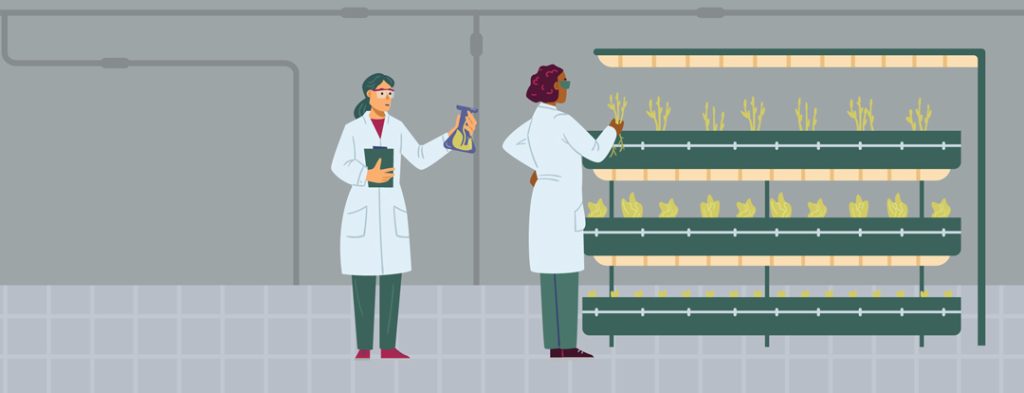
Whether it’s pernicious pests, an unpredictable climate or increasing costs, threats to cereal crops constantly evolve. To build and maintain a sustainable system for cereal production in Canada requires the ability to adapt. There are few better examples of adaptability in agriculture than the efforts made by plant breeders to assist farmers.

The Canadian agriculture industry came out cheering in May of this year when the Canadian Food Inspection Agency (CFIA) announced its updated guidance on plant breeding innovation.
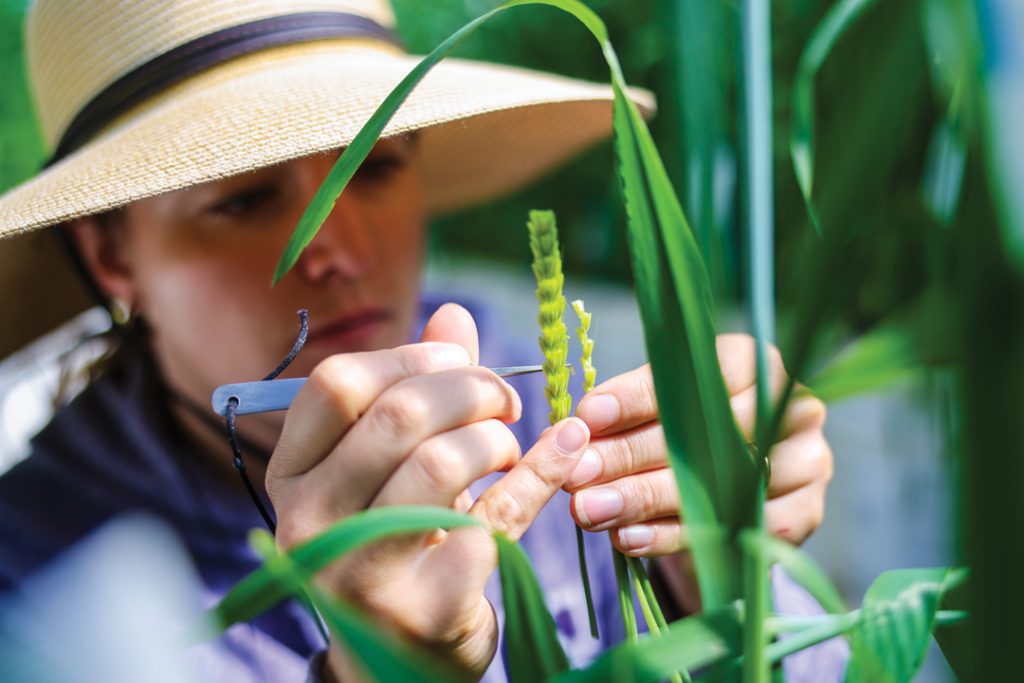
It is a time of transformation for the Field Crop Development Centre (FCDC) in Lacombe. Owned and operated by the provincial government since its establishment in 1973, the facility is now managed by Olds College, where staff have been tasked with a reimagination of the Centre’s feed and forage barley, malting barley and triticale breeding programs.
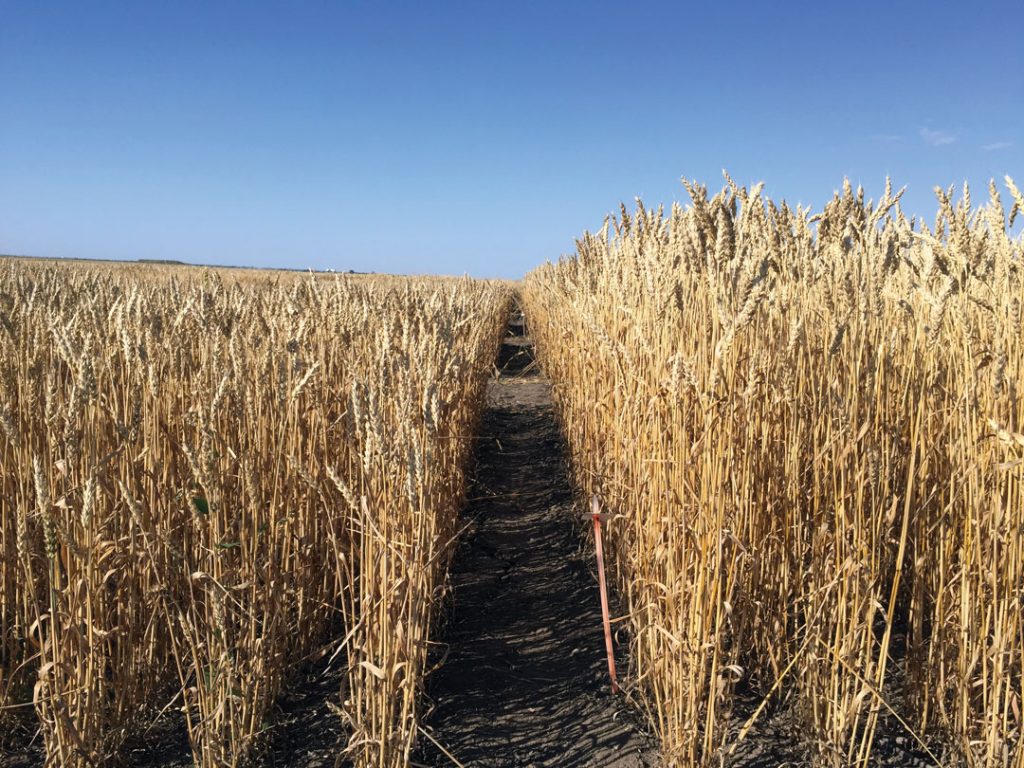
Two research projects funded by the Alberta Wheat Commission (AWC) have made significant advances in cereal crop genetics. Overseen by Pierre Hucl of the Crop Development Centre (CDC) at the University of Saskatchewan, the first of these examined the viability of a new dwarfing gene in bread wheat. Secondly, Nora Foroud of Agriculture and Agri-Food Canada (AAFC) developed new wheat and barley lines with improved resistance to Fusarium head blight (FHB).
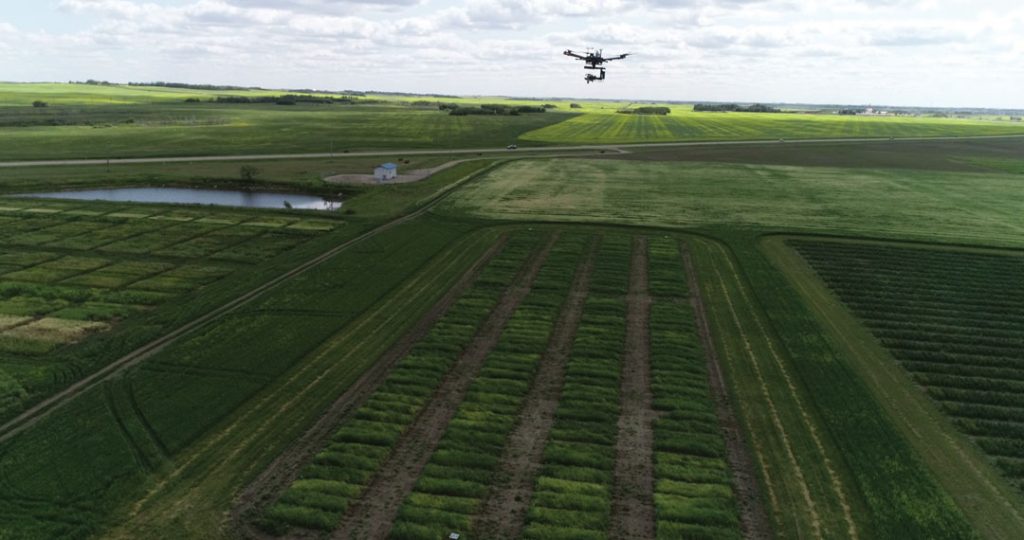
Crop breeders test thousands of plant lines every year in small, individual test plots. Assessing these plants involves both quantitative and qualitative analysis, but new software aims to substantially refine the process. PlotVision is a new software service that collects data using unmanned aerial imagery (UAI) captured by drones. The data may help researchers predict harvest yield and assess disease resistance, accelerate the plant breeding process and the production of new crop varieties.